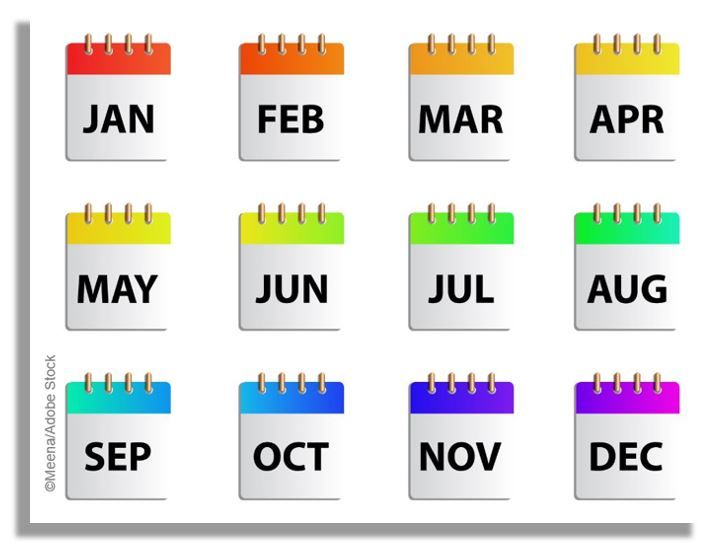- Clinical Technology
- Adult Immunization
- Hepatology
- Pediatric Immunization
- Screening
- Psychiatry
- Allergy
- Women's Health
- Cardiology
- Pediatrics
- Dermatology
- Endocrinology
- Pain Management
- Gastroenterology
- Infectious Disease
- Obesity Medicine
- Rheumatology
- Nephrology
- Neurology
- Pulmonology
RSV Circulation Approximating Prepandemic Seasonality, Suggest New CDC Data

The 2022 peak in respiratory syncytial virus (RSV) circulation during November suggests that the virus may be reverting to its pre-COVID-19 seasonal pattern , according to authors of a new report published in MMWR. A return to a pattern closer to that of historical RSV seasons could help determine when to recommend vaccination, researchers wrote.
Mitigation measures enacted in March of 2020 to limit the spread of COVID-19 also were effective in quelling transmission of RSV and other seasonal respiratory viruses, with the RSV season ending much earlier than in the 2 previous years, according to study authors. Easing of precautionary measures in 2021 triggered an early RSV season that then lingered longer than is typical for the virus.
The earlier onset of circulation in 2022, with the November peak a closer approximation to the prepandemic winter peaks, is an early sign of return to the expected, but whether this reversion will continue into the upcoming surveillance year is still uncertain, said Sarah Hamid, PhD, MPH, an Epidemic Intelligence Service officer in the Center for Disease Control and Prevention's (CDC) Division of Viral Diseases, and colleagues in the study.
The earlier onset of circulation in 2022, with the November peak a closer approximation to the prepandemic winter peaks, is an early sign of return to the expected, but whether this reversion will continue into the upcoming surveillance year is still uncertain.
In the United States, RSV is estimated to cause up to 80 000 hospitalizations per year among children aged 5 years or younger, and up to 160 000 hospitalizations and 10 000 deaths per year among adults aged 65 years or older, according to the CDC.
Although there are no approved vaccines against RSV, Hamid and colleagues refer to several currently in development, the first 2 of which, both targeting adults aged ≥65 years, could be approved by the FDA as early as May. Continued monitoring of circulation patterns, they add, will be important to guide timing of immunization campaigns.
The large-scale disruption of normal RSV circulation not only curtailed transmission, it also “led to an accumulation of susceptible persons, resulting in large epidemics with atypical seasonality,” wrote the authors.
Circulation curtailed
To better understand prepandemic and pandemic RSV seasonality, Hamid and colleagues analyzed PCR test results reported to the National Respiratory and Enteric Virus Surveillance System between July 2017 and February 2023. RSV “epidemics” were defined as weeks when the proportion of positive PCR test results for RSV was ≥3% or higher.
Prepandemic, from 2017 to 2020, RSV seasons across the country started in October, peaked in December, and ended in April, according to the study.
RSV circulation was historically low in the 2020-2021 season, Hamid and colleagues noted. The 2021-2022 season started in May, peaked in June and ended the following January. The 2022-2023 season started in June, peaked in November and ended in January. The peak occurred later than the 2021-2022 season but earlier than pre-pandemic seasons.
“With several RSV prevention products in development, ongoing monitoring of RSV circulation can guide the timing of RSV immunoprophylaxis and of clinical trials and postlicensure effectiveness studies,” Hamid and colleagues wrote. “Although the timing of the 2022-2023 season suggests that seasonal patterns are returning toward those observed in pre-pandemic years, clinicians should be aware that off-season RSV circulation might continue.”
Reference: Hamid S, Winn A, Parkkh R, et al. Seasonality of respiratory syncytial virus — United States, 2017–2023. MMWR Morb Mortal Wkly Rep. 2023;72:355-361. doi:10.15585/mmwr.mm7214a1
